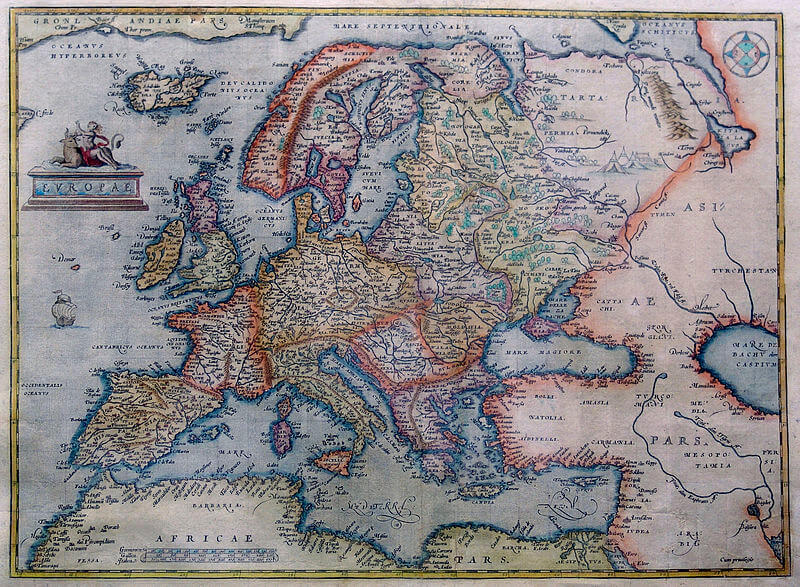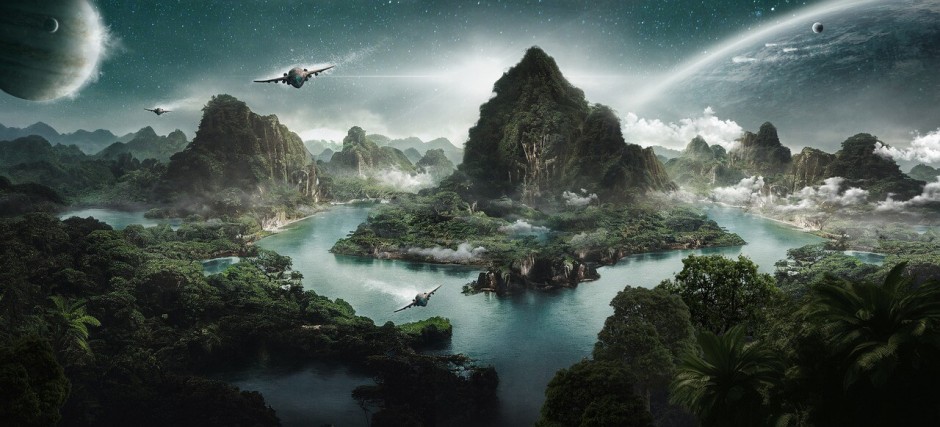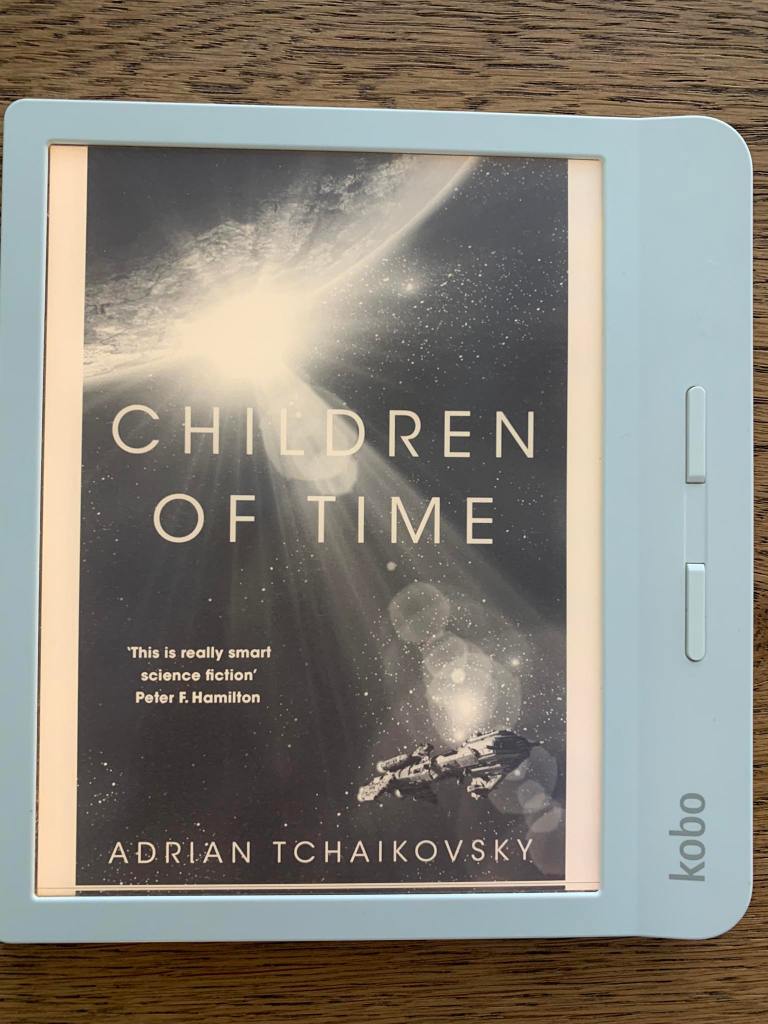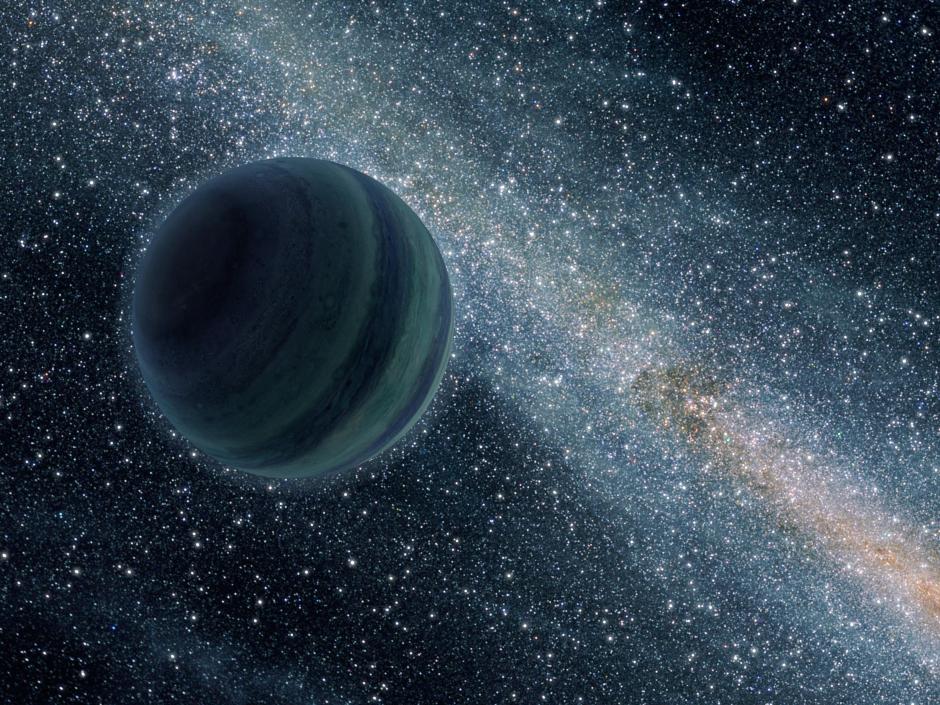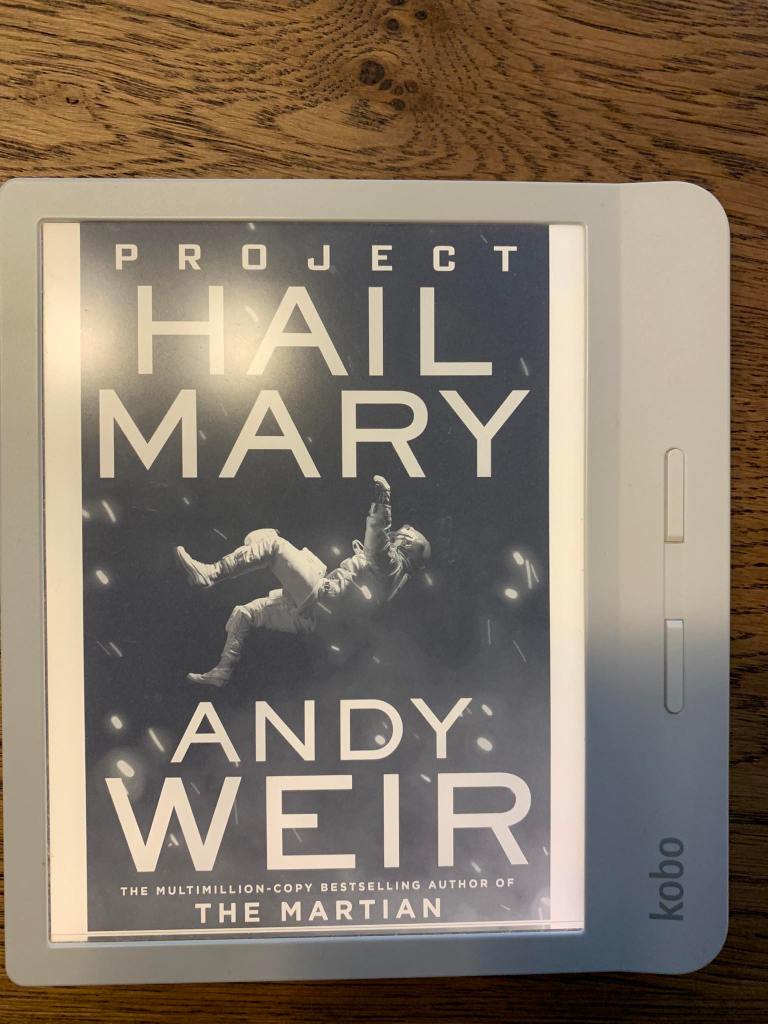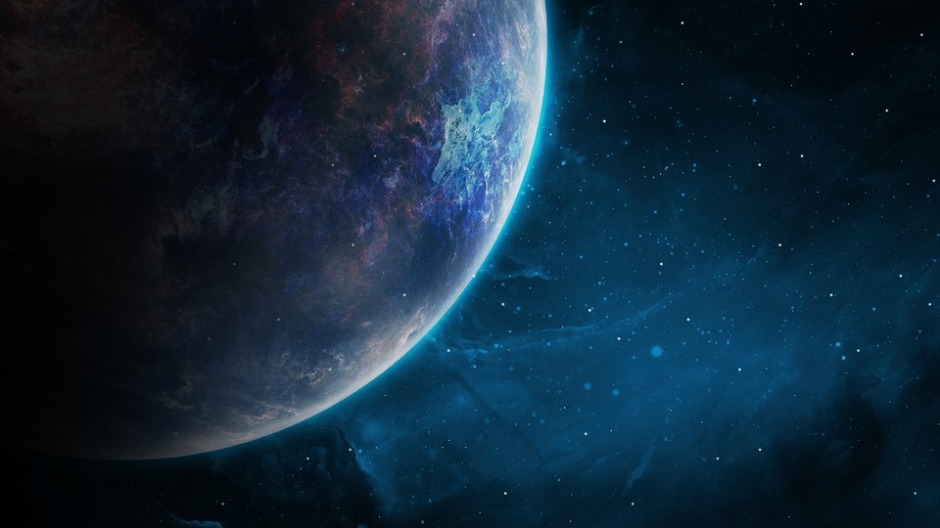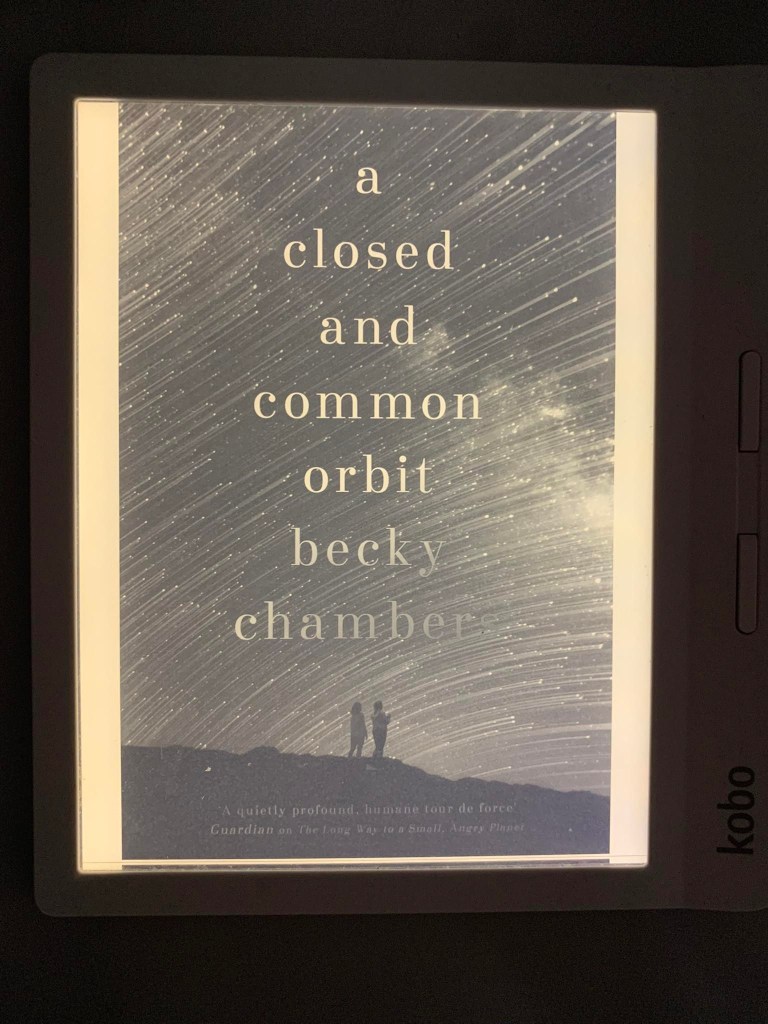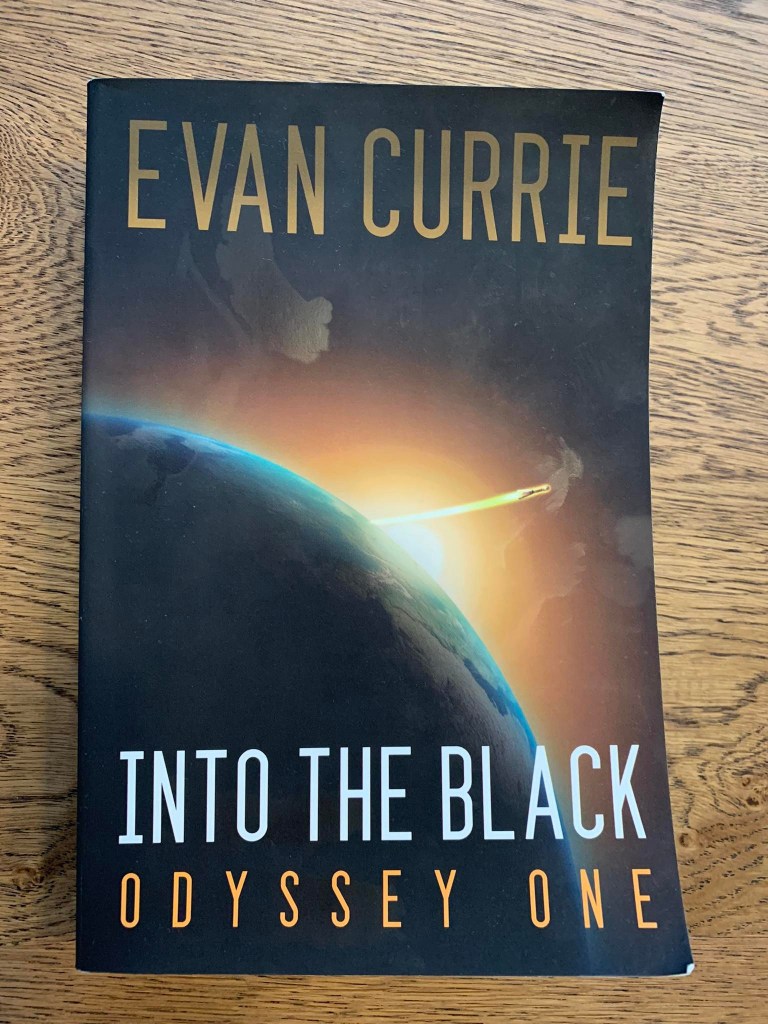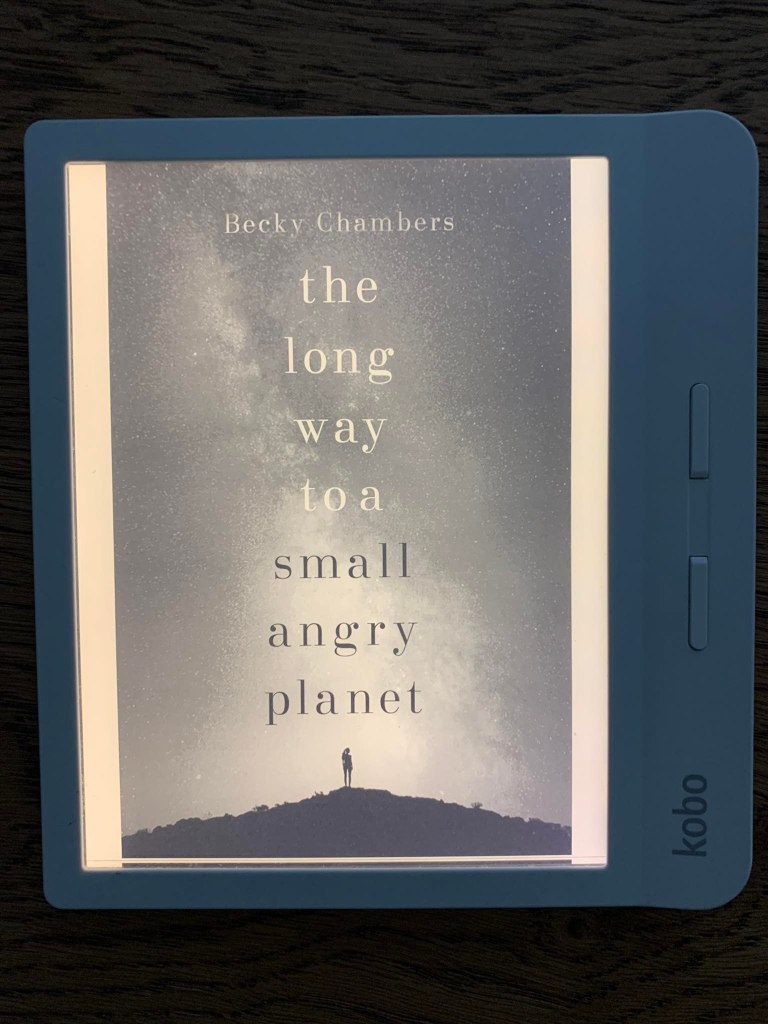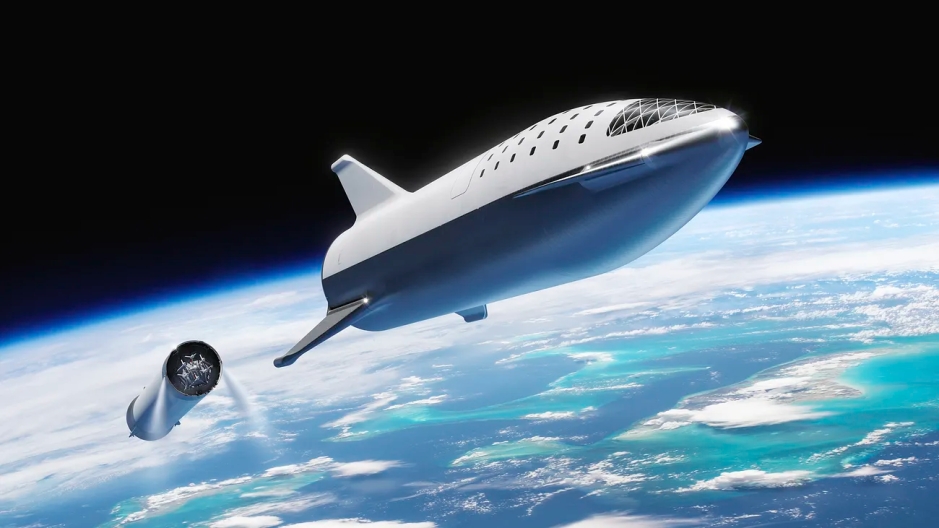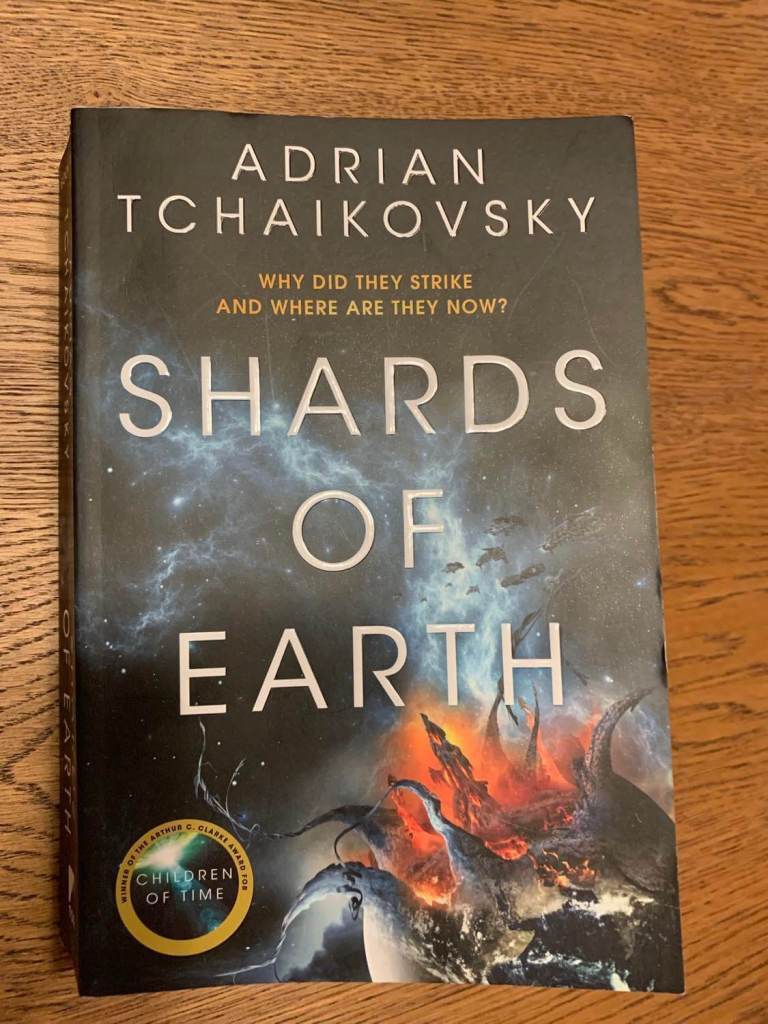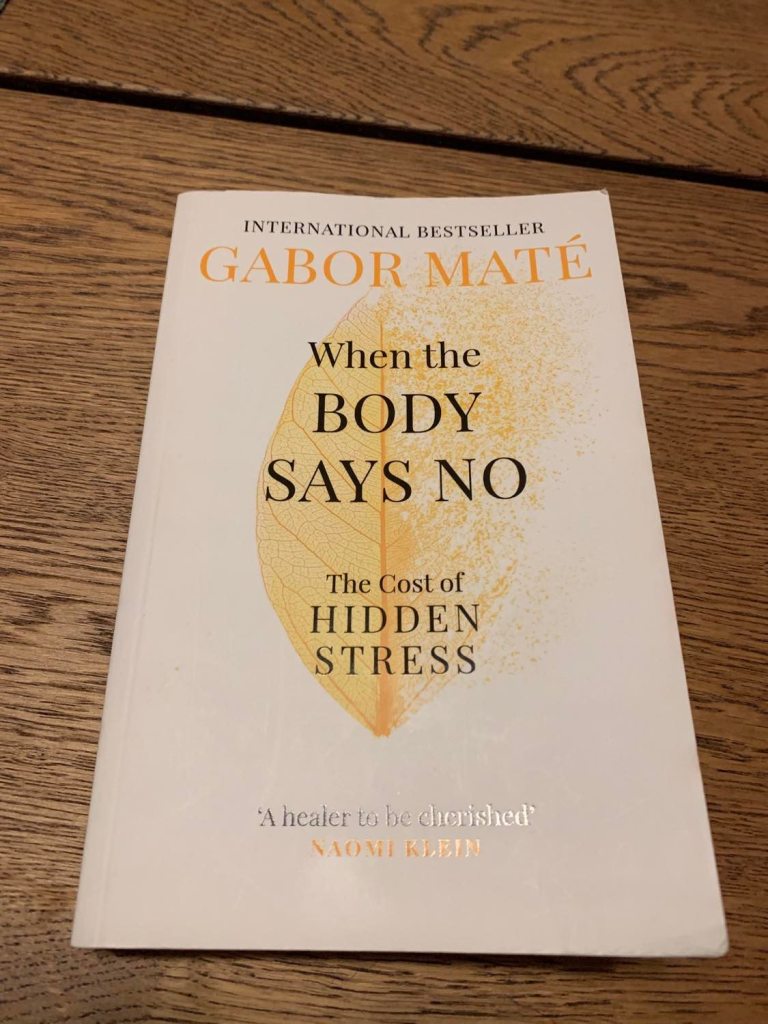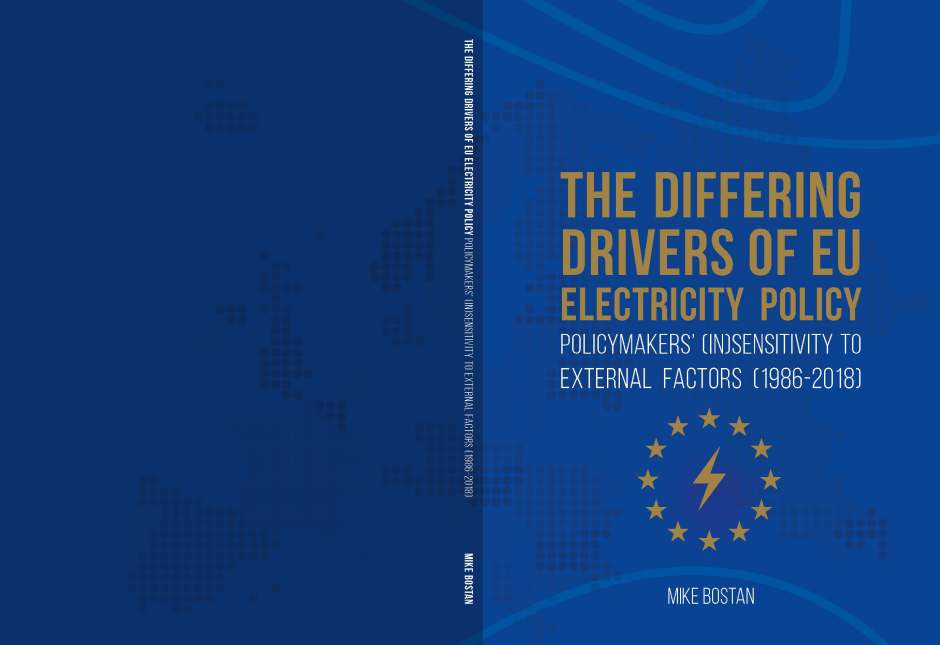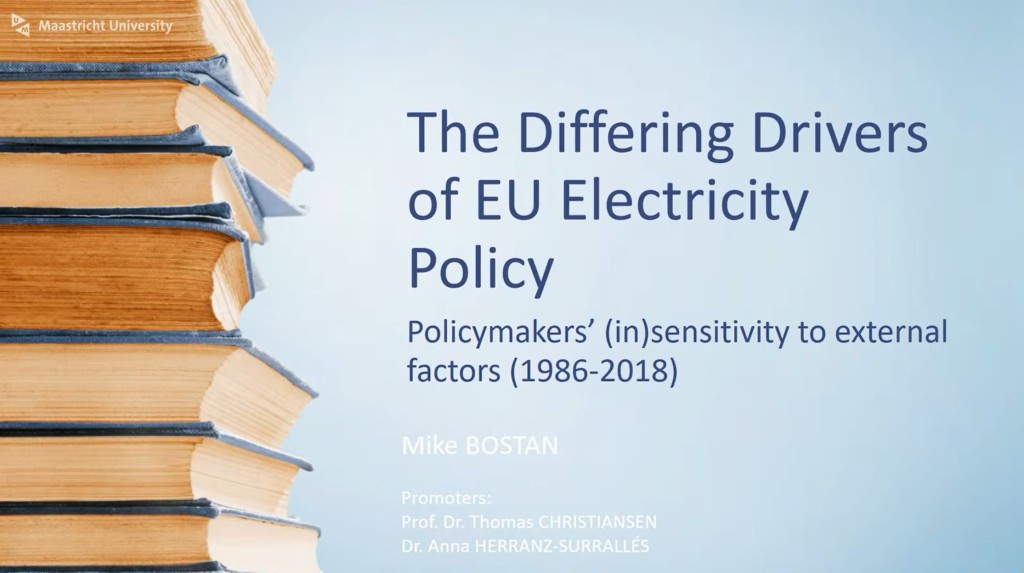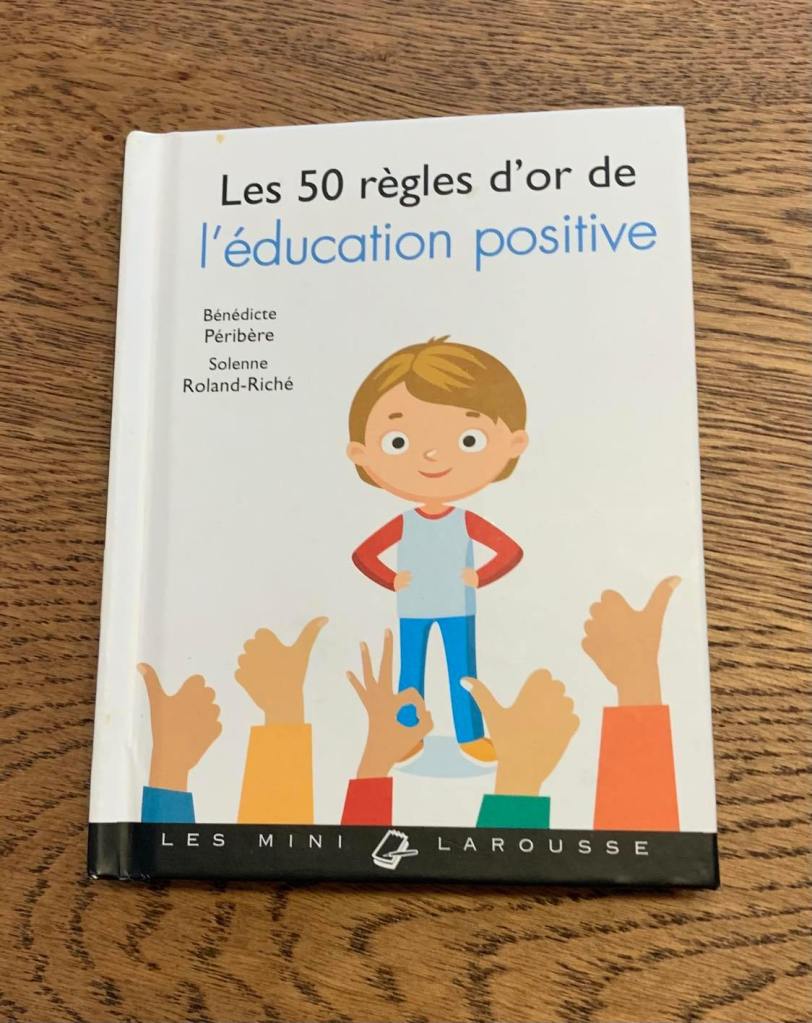He was not the most honest or pious of men, but he was courageous. His name was Diego Alatriste y Tenorio, and he had fought in the ranks during the Flemish wars. When I met him he was barely making ends meet in Madrid, hiring himself out for four maravedís in employ of little glory, often as a swordsman for those who had neither the skill nor the daring to settle their own quarrels. You know the sort I mean: a cuckolded husband here, outstanding gambling debts there, a petty lawsuit or questionable inheritance, and more troubles of that kind. It is easy to criticize now, but in those days the capital of all the Spains was a place where a man had to fight for his life on a street corner lighted by the gleam of two blades.
The book is a cloak and dagger novel, first in a series called “The adventures of Captain Alatriste”. We follow the protagonist’s story, presented mostly by his young page, in first person. The book is short and elegant, beautifully setting up the atmosphere of Madrid at the beginning of the 17th century (the story happens in the 1620s).
The plot is simple and the actions scenes are rare, the prose generally being concerned of presenting the Madrid in Spain’s golden century, with an air of melancholy, beautiful poems and introducing the language of the era. While it feels that it copies the story of the French musketeers of Dumas, it has a distinct plot and a superb setting up of the world.
The book reads for me like a young adult novel, with the simple plot and swashbuckling captain, who is, of course, a man of few words and invincible in sword combat. Nevertheless, the Spanish prose feels so well constructed that transpires even with an English translation. It has one of the best beginnings of a book, where we learn from the first phrases who are we dealing with and how it is going. It is a book that makes you want to learn Spanish, just to read it in original. One of the best pieces of Spanish literature, in my opinion.
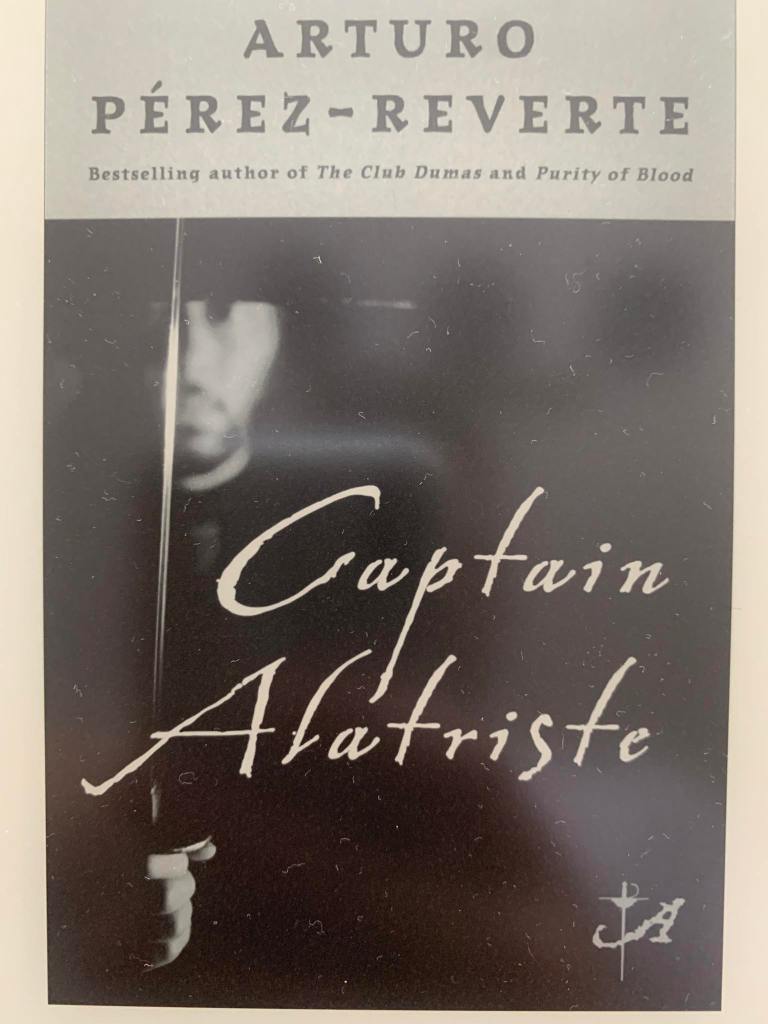
Overall, a beautiful presentation of Madrid at the beginning of the Iberian empire’s golden century, a skillful prose that make you learn the original language and an introduction to the adventures of a memorable (fictional) Spanish soldier.

